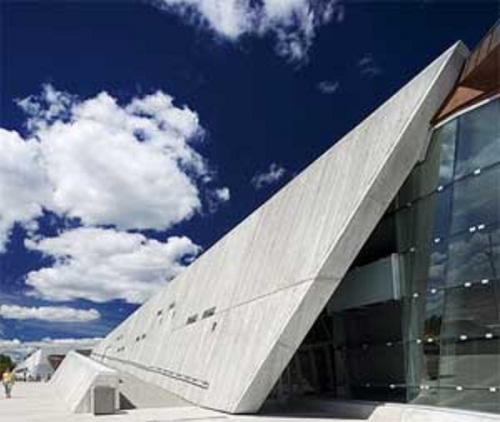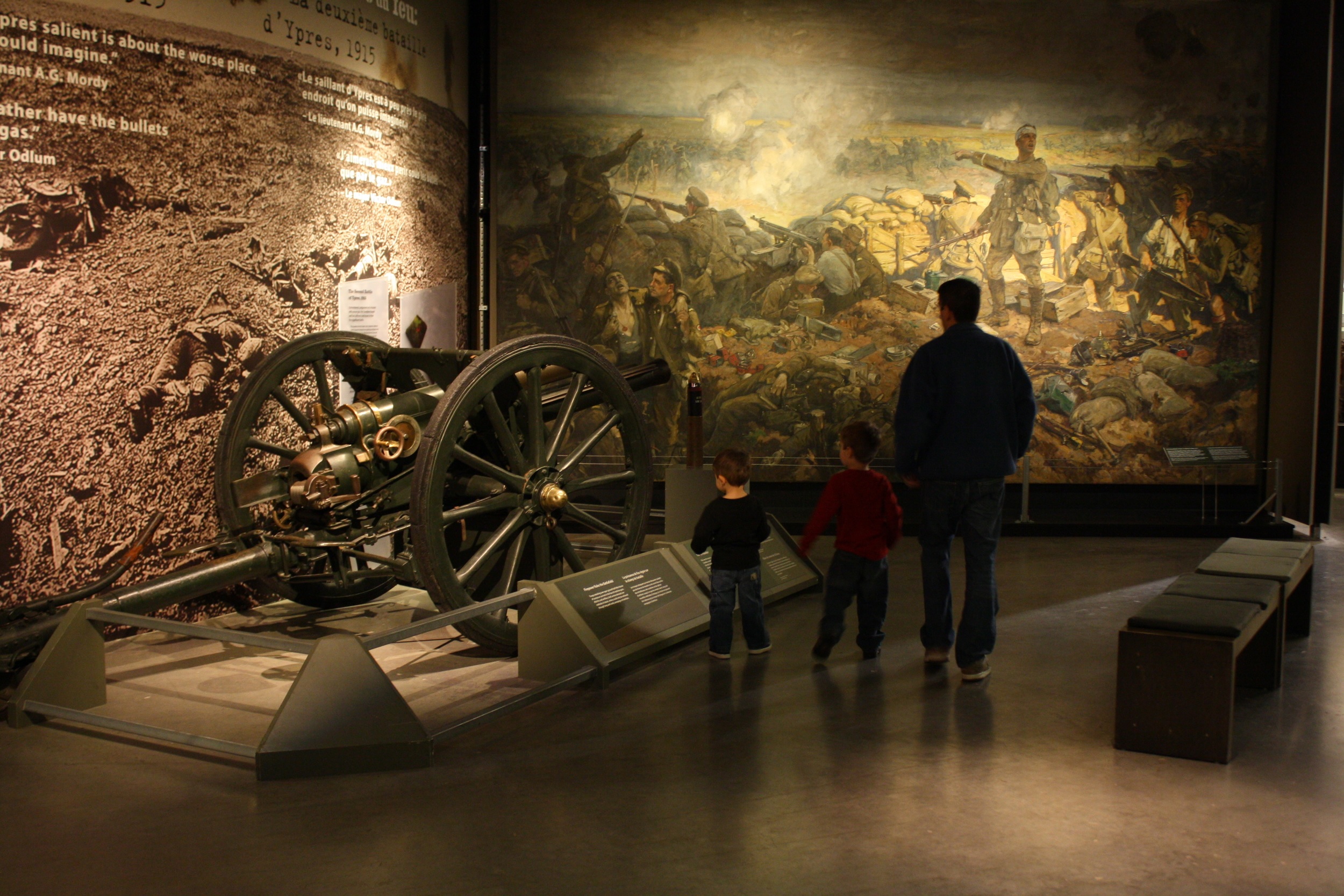Every Remembrance Day I try to tour the Canadian War Museum – a mammoth exhibition of battle since earliest times. Each year, “lest I forget”, the photos and exhibits tell a story of fear and courage, sacrifice and survival, humanity, brutality, violence, and hatred.
Early combat was limited to the distance you could throw a spear, fire an arrow or swing a club. Armour was made of wood. Much of war consisted of ambush and surprise. Today, though Canada’s military still use snowshoe and canoe, they not only prepare for ambush, but also for nuclear threat.
The War Museum describes 150 years of French-British conflict in North America, ending in the Seven Year’s War and the British conquest of Canada.

Then in 1775, American anger exploded into revolution – creating two countries in North America. For Americans, their invasions of Canada during the American Revolution and War of 1812 are considered minor campaigns. Yet north of the border, they were struggles for survival.
Canadian forces went abroad in 1899 and again in 1914 to fight wars as part of the British Empire. One thousand volunteers fought in South Africa; 620,000 fought World War I.
In 1914 Europe was a powder keg. Opposing alliances and secret treaties divided the heavily armed great powers. After the assassination of Austrian archduke Franz Ferdinand, countries rushed to settle old scores or to support allies. Britain, France and Russia stood against Germany, Austria-Hungary and Turkey. The rest of the world was dragged into a war that killed nine million and destroyed empires.
The War Museum focuses on the trenches of France and Belgium from 1915 to 1918, and the battles of the Somme, Vimy, Passchendale and the Hundred Days. Systems of fortified trenches stretched the length of the Western Front. Frontal assaults led to tremendous casualties. It was a long, bloody war.
In the 1930’s, Germany, Italy and Japan became aggressive dictatorships. The leading democracies – Britain, France, and the United States – tried to negotiate adopting a policy of appeasement. But the dictators responded with even more aggression.
War Museum exhibits cover Adolf Hitler and the rise of fascism, including an infamous Mercedes limousine used by Hitler at Nazi rallies. As World War II became a reality, Canada was the first Commonwealth country to send troops to Britain in 1939 – by the end of the conflict, 1.1 million Canadians served. Museum exhibits cover boots on the ground, as well as the costly Battle of the Atlantic where Canadians sunk 50 enemy submarines. The story of Canada’s air war is told, as well as our involvement in the British Commonwealth Air Training Plan – much of which took place at local airfields.
The Second World War alliance of the Soviet Union and the Western democracies was short lived. Opposing world views, and territorial disputes deteriorated into the Cold War of 40 years.
Communist North Korea’s invasion of South Korea in 1950 sparked a three-year war that killed or wounded 3.5 million.
And Canadians have gone on to serve in NATO, NORAD, the United Nations, the Persian Gulf, Kosovo, and Afghanistan.
The War Museum is well worth the visit.
It reminds us that history is filled with both horror and hope.
History is not only the story you read, it is the one you remember.
We will remember! For the Silo by MPP Toby Barrett
